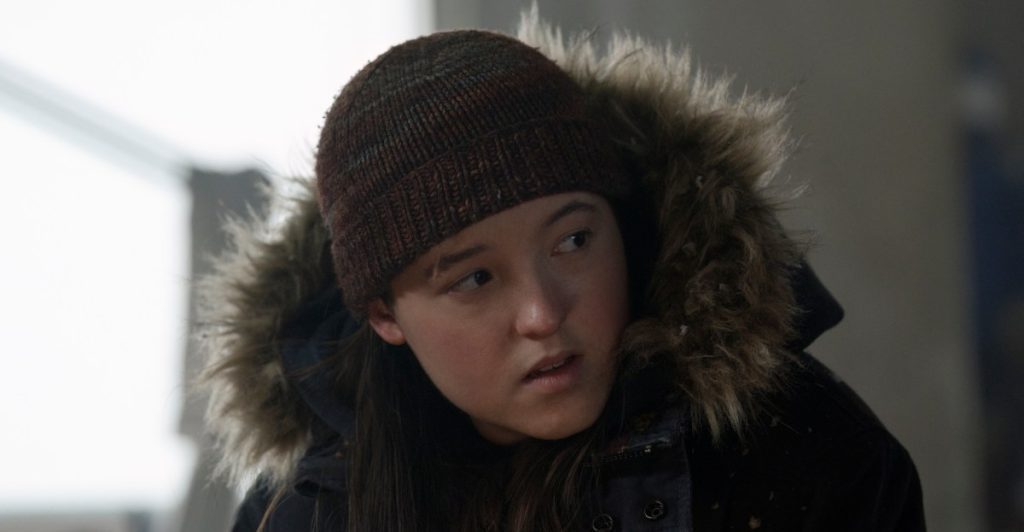Overview of HBO’s The Last of Us Season 2
The debut season of HBO’s The Last of Us not only stood out as one of the finest adaptations of a video game, but it also remained highly faithful to the original source material. The series effectively captured the essence of the characters, settings, and key moments from the game, making it feel as though viewers were directly experiencing the cutscenes. Notably, season 1 also introduced unique storytelling elements, as seen in episodes like “Long Long Time,” which broadened the narrative beyond the central plot of Ellie and Joel. As a result, the show maintained authenticity to its roots while carving out its distinct identity. Season 2 builds on this foundation, delivering a more complex storyline and exploring the world beyond its primary characters.
Season Length and Structure
While the first season encompassed the entirety of the initial game, season two covers only part of The Last of Us Part II. With seven episodes, this second season addresses roughly half of the game’s storyline. According to co-creator Craig Mazin, this division was necessary as the narrative content from Part II is significantly more extensive compared to the first game. This means that season two is shorter than the nine episodes of season one but concludes at a point that effectively sets up future installments.
Plot Development
For those unfamiliar with the game, the new season picks up after Joel’s (Pedro Pascal) crucial choice to rescue Ellie (Bella Ramsey) from scientists seeking to create a vaccine for the zombie-like infection ravaging the world. Joel chooses to save Ellie, despite the procedure that could save humanity ultimately leading to her death. This morally complex decision is further complicated as Joel misleads Ellie about the events that transpired.
Character Growth and Relationships
As the action shifts to season two, Joel and Ellie find relative safety in a community in Jackson, Wyoming, while Ellie navigates the challenges of growing up. She seeks greater independence and possibly a romantic relationship with a character named Dina (Isabela Merced), while Joel struggles to adapt to these changes, even seeking therapy from Catherine O’Hara’s character to process his feelings.
Central Themes of Revenge
However, the personal conflicts quickly fade as the new season immerses viewers in a revenge narrative. After a significant event — which remains consistent with the game — Ellie becomes fixated on revenge and ventures into the perilous, war-torn city of Seattle alongside Dina. This leads to the introduction of Abby (Kaitlyn Dever), a character responsible for Ellie’s wrath. In the series, viewers gain an earlier understanding of Abby’s motivations compared to the game, which gradually unraveled her backstory.
Expanded Narrative and Exploration
This addition does not alter Abby and Ellie’s animosity; they continue to have justifiable, yet complex reasons for their hatred. The show takes its time to develop this conflict, allowing the audience to better understand the characters’ motivations. As the narrative unfolds, fans can anticipate season two being as polarizing as the game, especially following the morally ambiguous decisions characters must face.
Conclusion and Release Information
Overall, season two of The Last of Us retains the vengeful storyline while enriching it with deeper context. Viewers will encounter familiar moments while also gaining insights into the broader stakes at play in Jackson and Seattle. As the season begins on April 13th on HBO and Max, it promises to deliver a poignant narrative that may challenge viewers’ perceptions of the characters.



